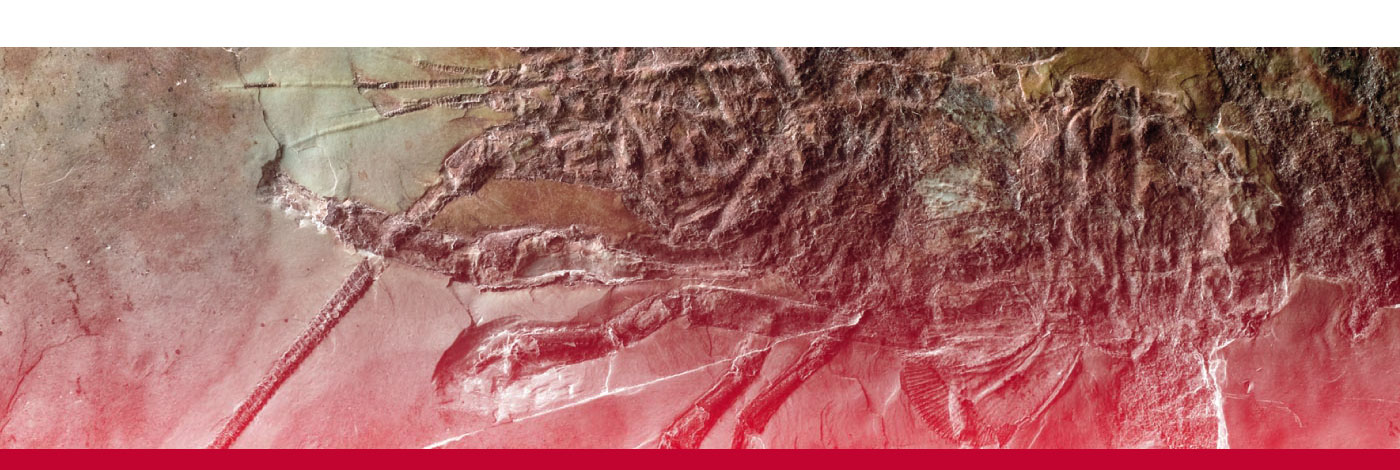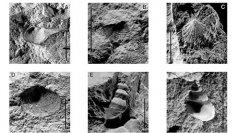

 Geodiversitas
24 (3) - Pages 669-689
Geodiversitas
24 (3) - Pages 669-689The motorway section of Pissouri (Cyprus) allows to observe a nearly uninterrupted succession of marine sediments from the upper Tortonian up to the lower Messinian gypsum. Its palaeoecological analysis is given, based on the study of 180 samples containing faunal (fishes [four species], molluscs [about 25 benthic species and one planktonic], sponges [seven genera] and foraminifera [100 species]) and floral (diatoms [90 species] and silicoflagellates [four species]) assemblages. Although characterized by a low diversity, the malacofauna shows strong affinities with those of the lower Messinian sediments from Crete (Greece) and Piedmont (Italy). At the bottom of the section, the paleobiological assemblages correspond to mud deposits in a deep circalittoral or upper bathyal zone, near deeper areas. In the middle part of the section, they indicate shallower deposits (upper circalittoral). In the uppermost 5 m below the gypsum, the assemblages indicate an isolation of the basin, shallow water conditions and the disappearance of representative species (Propeamussium duodecimlamellatum (Bronn, 1831), Abra alba (Wood, 1802), Cavolinia gypsorum (Bellardi, 1873) and sponges) of the section is registered. In this context of progressive restriction of the Mediterranean, the low diversity of the fauna and the registered disappearances at the top of the Cyprish pre-evaporitic beds (Pissouri and Polemi basins) already suggest stressful environments for these oriental faunal assemblages, a long way from the Atlantic communication.
Molluscs, fishes, diatoms, foraminifera, pre-evaporitic Messinian, Cyprus, salinity crisis, palaeoecology